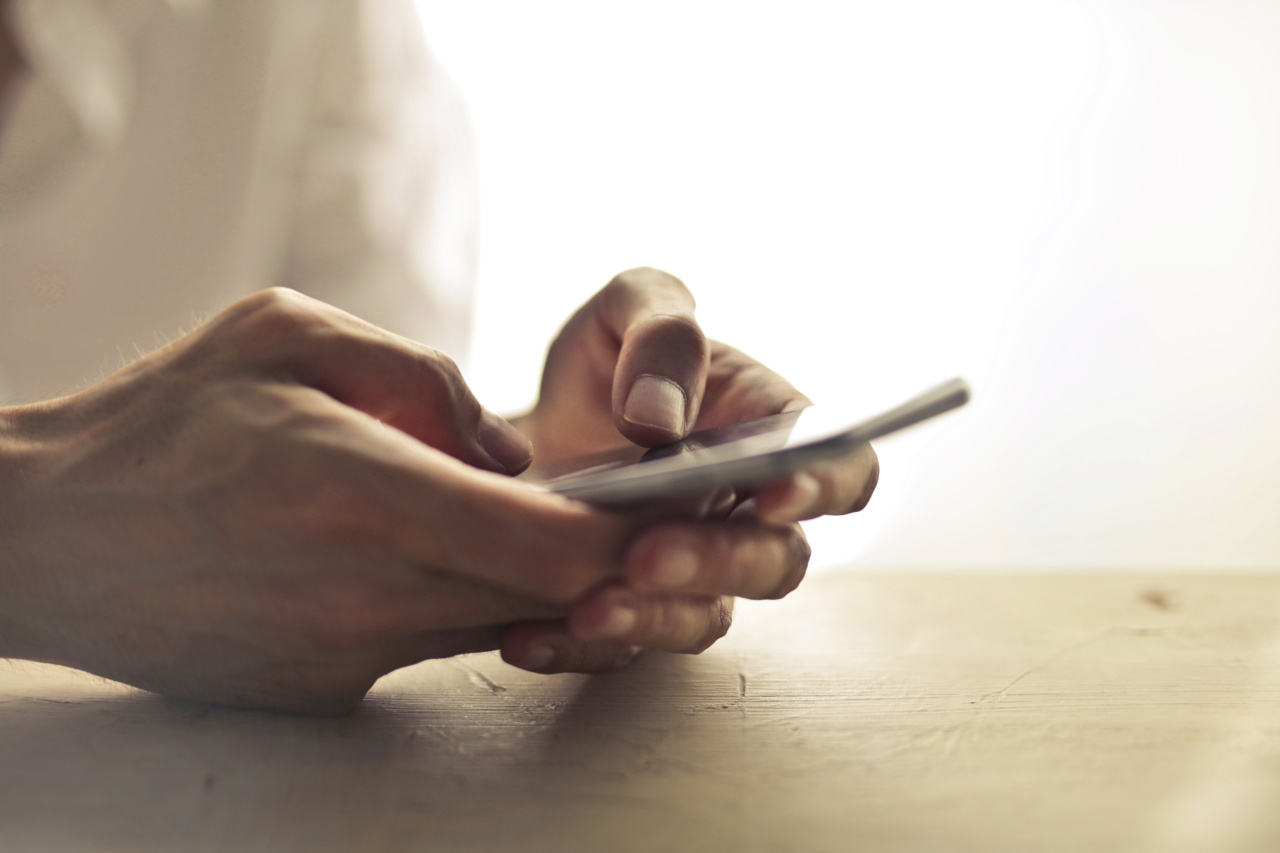Prosthetic hands have come a long way in recent years, offering amputees the ability to regain some level of dexterity and functionality. However, the sense of touch has always remained an elusive capability to replicate. That is until now.
A groundbreaking new electronic glove has been developed, allowing those with prosthetic hands to experience the sensation of touch once again.
The future of prosthetics
Prosthetic limbs have been a game-changer for those who have lost a hand or arm, providing them with the opportunity to carry out various activities they wouldn’t have been able to otherwise.
However, one of the biggest challenges in prosthetics has been replicating the sense of touch.
Without touch, people with prosthetic hands rely solely on visual cues and guesswork to determine the amount of pressure they are applying or how well they’re gripping an object. This limitation often leads to accidents and a lack of precision.
With the new electronic glove, this problem is finally being addressed.
By bridging the gap between humans and machines, this groundbreaking technology allows for precise tactile feedback, enabling users to feel the texture, shape, and temperature of objects they touch.
How does the electronic glove work?
The electronic glove works by utilizing advanced sensors and cutting-edge haptic technology. The glove is made up of an array of pressure sensors, which are strategically placed at different points across the glove’s surface.
These sensors can detect the amount of force being applied and convert it into electrical signals.
These electrical signals are then transmitted to a microcontroller, which processes the data and translates it into real-time feedback for the user.
The feedback is conveyed using small vibrating motors positioned at various points on the glove’s surface. When pressure is applied to a specific area, the corresponding motor vibrates, providing the sensation of touch.
This revolutionary technology has the potential to greatly enhance the quality of life for those with prosthetic hands.
By restoring the sense of touch, individuals can regain their ability to perform delicate tasks, such as tying shoelaces, holding fragile objects, or even feeling the touch of a loved one’s hand.
Benefits and advancements
The electronic glove represents a significant advancement in the field of prosthetics. Not only does it offer a newfound sense of touch, but it also provides important benefits that can greatly improve the user’s overall experience.
Some of these benefits include:.
1. Enhanced control and precision
With the ability to feel objects, individuals with prosthetic hands gain increased control and precision. This allows them to perform tasks with greater accuracy, reducing the chance of accidents or mishaps.
2. Improved safety
The restoration of touch sensation helps individuals proactively adjust their grip strength, ensuring they do not accidentally apply excessive force that could damage delicate objects or harm themselves.
3. Psychological well-being
The loss of a limb can have a profound impact on an individual’s mental health and self-esteem. The ability to feel touch once again can significantly contribute to their psychological well-being, making them feel more connected and whole.
4. Natural movements
The electronic glove allows users to experience a more natural and intuitive interaction with their environment.
By providing tactile feedback, it enables them to adapt their grip and movements according to the sensed information, much like a natural hand would.
5. Adaptability
The electronic glove is designed to be customizable and adaptable to the user’s needs. Various modes and sensitivity settings can be adjusted to match individual preferences, making it a versatile tool for everyday activities.
Conclusion
The development of the new electronic glove marks a major milestone in the evolution of prosthetic technology.
By restoring the sense of touch for individuals with prosthetic hands, this innovative glove opens up a world of possibilities and opportunities.
With enhanced control, improved safety, and psychological well-being, amputees can once again experience the joy of feeling through their hands.
As advancements continue to be made, it’s an exciting time for the field of prosthetics as it moves closer to fully replicating the intricacies and capabilities of natural human limbs.































